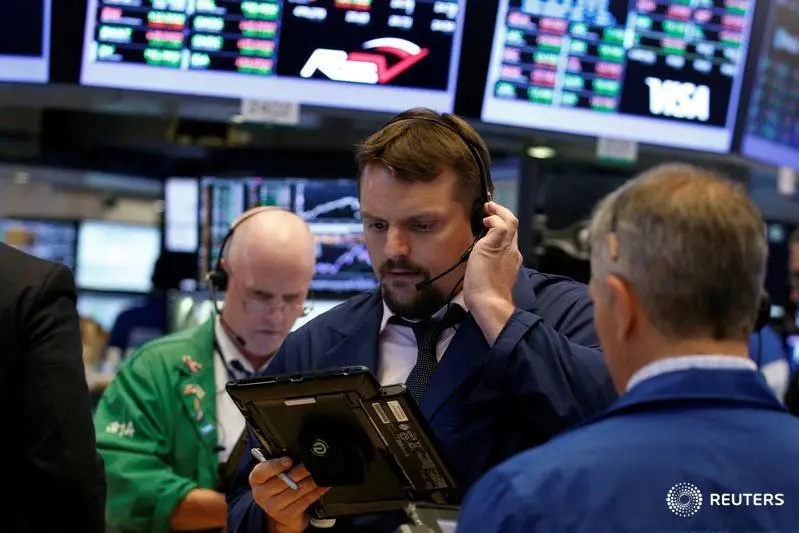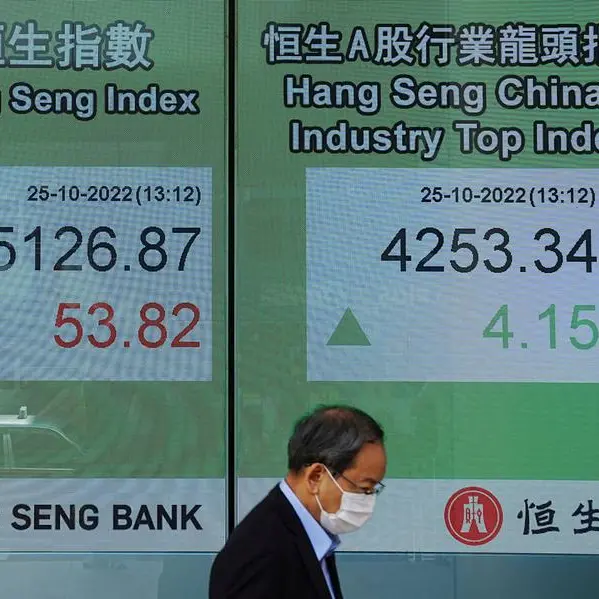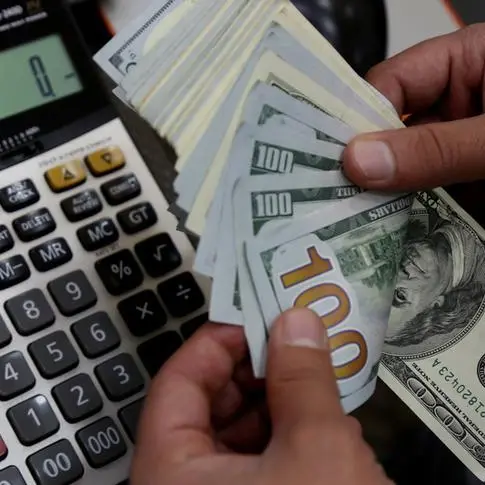PHOTO
Further steep declines on Thursday left both the S&P 500 Index and the Dow Jones Industrial Average more than 10 percent below their record highs of Jan. 26. Such a slide would normally spark a stampede into safe havens such as U.S. government debt or gold. But neither has benefited much so far. Yields on 10-year U.S. Treasury notes are stuck near the four-year highs set earlier this week. The gold price is on track to decline for the second week running.
Investors have good reasons to be wary. Tax cuts mean the U.S. federal government is expected to issue more debt. Meanwhile, healthy growth and evidence of rising wages increase the chances that the Federal Reserve’s new chair, Jerome Powell, will tighten monetary policy more than investors were expecting at the start of the year. That’s all bad for sovereign debt. The prospect of higher U.S. interest rates also dulls the appeal of gold, which offers no yield at all.
A dearth of safe havens that merit the name will force investors into cash. That’s already started happening. A record $30.6 billion flowed out of equities in the most recent week for which data is available, but only $4 billion flowed into bonds and there was a small $0.5 billion outflow from gold, Bank of America Merrill Lynch said on Friday. By contrast, investors’ allocation to cash rose to more than 4.8 percent, according to the bank’s February survey of fund managers, up from 4.4 percent in January.
Holding dollars may not be a problem for U.S. money managers who will at least earn a small amount of interest on deposits. But it’s a headache for those in the euro zone as the European Central Bank’s deposit rate is still negative. For anyone outside the United States, holding dollars adds the risk of the greenback weakening against other major currencies. For investors who have grown used to making money regardless of whether they bought stocks or bonds, these are painful and uncertain times.
CONTEXT NEWS
- The S&P 500 Index fell 3.8 percent on Feb. 8, while the Dow Jones Industrial Average dropped 4.2 percent. Both indices were down more than 10 percent from record highs they set on Jan. 26 and therefore in correction territory.
- Ten-year U.S. government bonds were yielding 2.85 percent at 1040 GMT on Feb. 9. That was higher than at the start of trading on Feb. 8 and three basis points below the four-year peak set on Feb. 5.
(Editing by Peter Thal Larsen and Bob Cervi. Graphic by Vincent Flasseur.)
© Reuters News 2018











